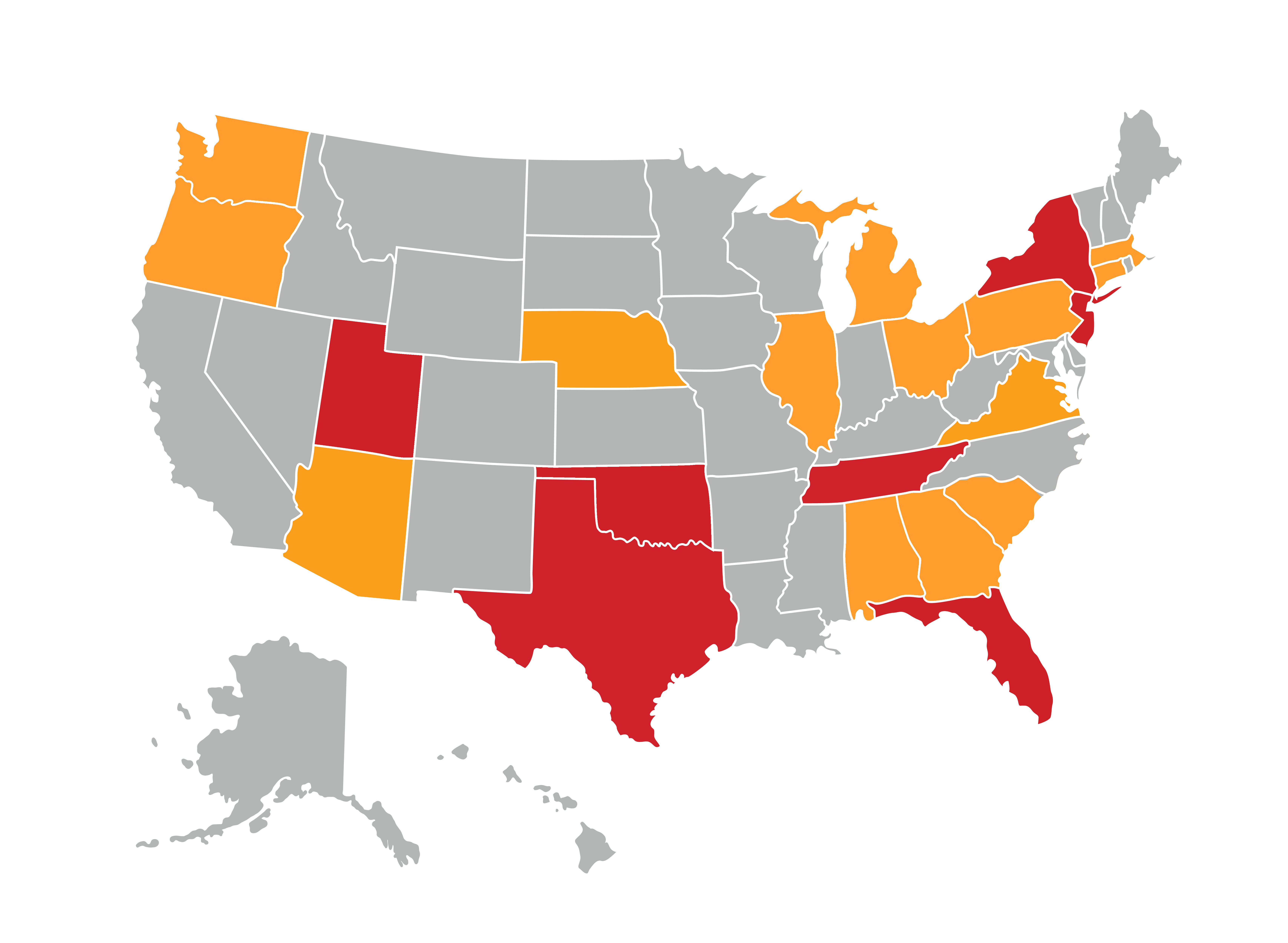
Table of Contents
What Is Alyssa’s Law?
Alyssa Alhadeff’s Story
Alyssa’s Law Requirements
How to Prepare for Alyssa’s Law
Where Is Alyssa’s Law In Effect?
Additional Alyssa’s Law Resources
What Is Alyssa’s Law?
Alyssa’s Law is legislation aimed at improving law enforcement response time during emergencies in public schools. The law requires all public schools to be equipped with silent panic alarms that are directly linked to and notify local law enforcement, allowing them to get to the scene as quickly as possible, address the threat, and offer aid to victims.
Alyssa Alhadeff’s Story
Alyssa Alhadeff was 14 years old when she was one of 17 people killed in a mass shooting at Marjory Stoneman Douglas High School in Parkland, Florida.
In the wake of the tragedy, and with the help of Alyssa’s parents, legislation was expedited and the final version of the law was named Alyssa’s Law.
Since then, Alyssa’s Law has been passed in five states, and introduced in five more and at the federal level.
You can learn more about the legislation and Alyssa’s story here.
Alyssa’s Law Requirements
The exact requirements currently vary from state to state, but fundamentally, the law requires all public elementary and secondary school buildings to be equipped with a silent panic alarm directly connected to local law enforcement.
According to New Jersey’s version of Alyssa’s Law:
“Panic alarm” means a silent security system signal generated by the manual activation of a device intended to signal a life-threatening or emergency situation requiring a response from law enforcement.
for use in a school security emergency including, but not limited to, a non-fire evacuation, lockdown, or active shooter situation.
…it should not be audible in the school building.
The laws typically also require all buildings on a public school campus to remain compliant with their own silent panic buttons.
Make Sure Your Facility is Ready

Communicate
Public schools nationwide are likely to need silent alarms in the next few years as regulations are enacted.
We recommend that you talk with your alarm or telephone system installers soon to best prepare.

Prepare
Explore solutions that work best for your current system.
Silent alarm buttons like the Viking PB-3 are compliant with regulations that are being passed today.

Stay in the Loop
Keep an eye on this page and Make Our Schools Safe to stay updated on the latest changes with Alyssa’s Law regulations in your state.
Consider setting a Google News alert and subscribing to our email list for regular updates.
How to Prepare for Alyssa’s Law
Public elementary, middle, and high schools can work with alarm and telephone system installers to stay ahead of pending state and federal legislation related to Alyssa’s Law. By being proactive, schools can eliminate the stress of sudden changes as a result of new legislation and have more power to decide what alarm systems work best for them.
In addition to staying compliant, silent panic alarm buttons also help support improved law enforcement response times and keep students and staff safe.
Talk with your local alarm or telephone system installer today about how you can implement silent panic alarms in your building. Find your nearest Viking distributor here.
Where Is Alyssa’s Law In Effect?
Alyssa’s Law was first implemented in New Jersey on February 6, 2019. Since then, Alyssa’s Law has also been passed in Florida, New York, Tennessee, Texas and Utah.
Alyssa’s Law has been introduced in Alabama, Arizona, Georgia, Massachusetts, Michigan, Nebraska, Oklahoma, Oregon, Pennsylvania, Virginia, and at the federal level.
Visit the Make Our Schools Safe website for more information on to-date legislation for Alyssa’s Law.
Current federal and state-by-state legislation is listed below:

Additional Resources
Bookmark this page to stay updated on the latest state and federal guidelines. We keep this page updated as new regulations take effect.
You can also check out the Make Our Schools Safe website for more information on Alyssa’s Law.
 Spare Parts Store
Spare Parts Store Where to Buy
Where to Buy My Pick List
My Pick List Service & Support
Service & Support



